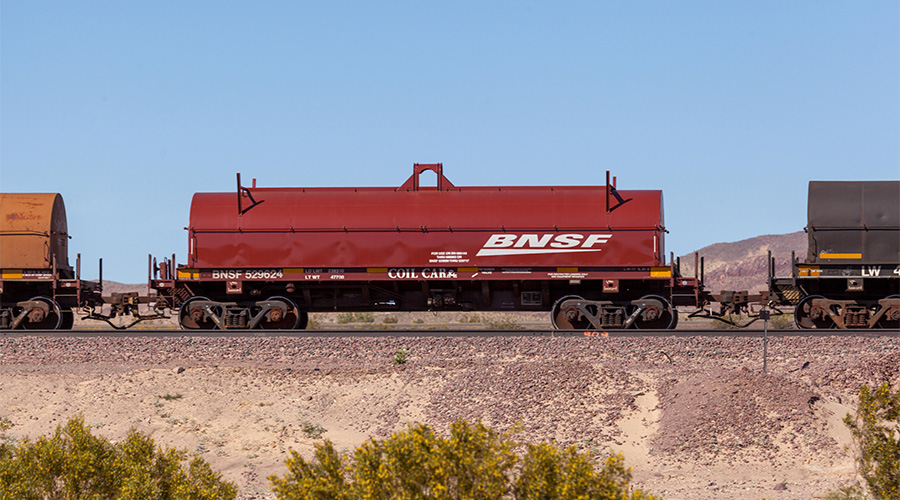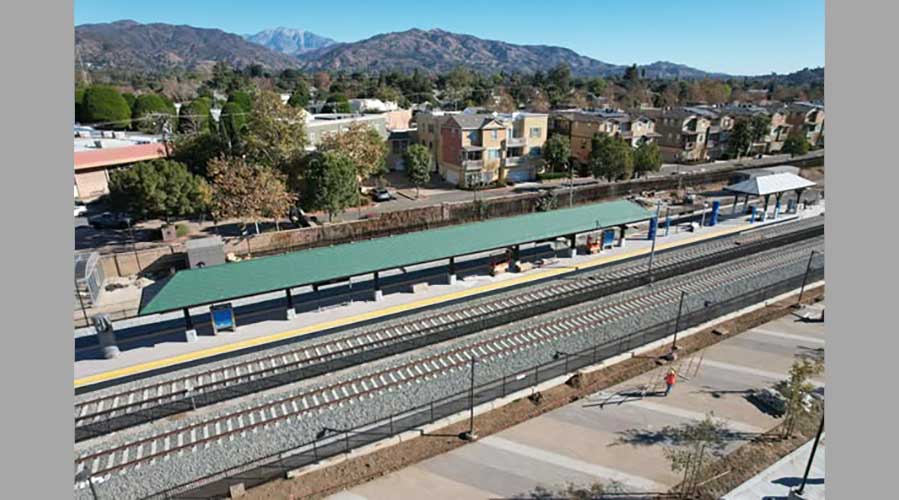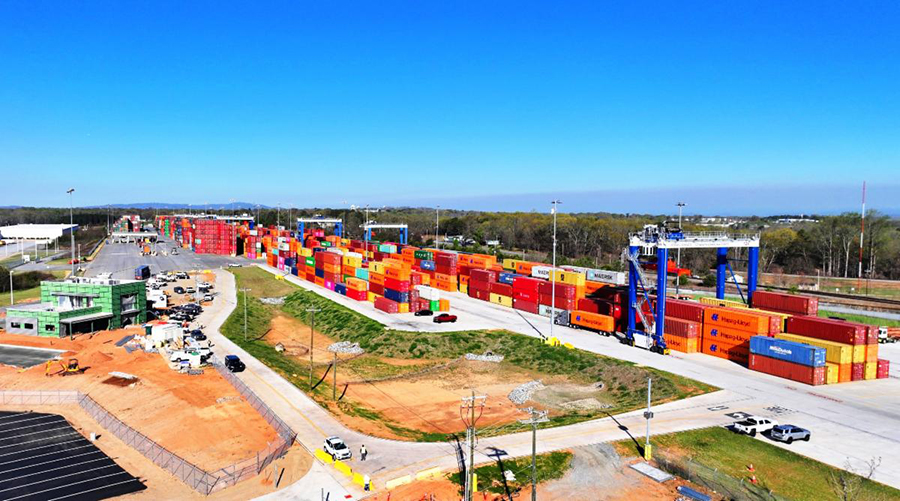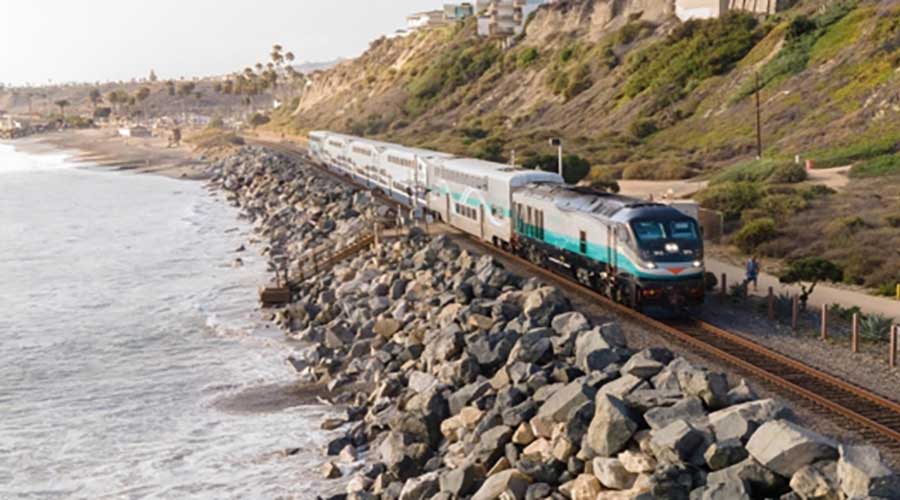Stay updated on news, articles and information for the rail industry
12/26/2013
Rail News: Federal Legislation & Regulation
USDOT allocates grant for New York station work; FRA boosts accident reporting threshold for 2014
The U.S. Department of Transportation (USDOT) on Tuesday announced it will provide an $18.5 million grant to the New York State Department of Transportation (NYSDOT) to reduce freight- and passenger-rail congestion at a Syracuse, N.Y., station.
NYSDOT will use the proceeds for the final design and construction of track reconfiguration and replacement, and signal system improvements at the station, which is located on Amtrak's Empire Corridor route.
To begin in 2015, the project includes the upgrade of two sidings, one of which is used by passenger trains to access the station, with the other used by CSX Transportation trains to access a nearby yard. The work will remove current 30 mph speed restrictions on the sidings.
NYSDOT will provide $4.6 million for the project. The federal grant will be allocated through the USDOT's High-Speed and Intercity Passenger Rail Program.
Meanwhile, the USDOT also announced on Tuesday that the Federal Railroad Administration (FRA) has published a final rule that increases the rail equipment accident/incident reporting threshold for 2014 from $9,900 to $10,500.
The FRA takes action every year to ensure that reporting accurately reflects rail industry cost increases. Following the adoption of the new threshold on Jan. 1, the FRA plans to evaluate and potentially amend its method for calculating the monetary threshold for accident/incident reporting, which likely will change the formula used to calculate the threshold, USDOT officials said in a news brief.
The FRA periodically amends its method since Congress requires that the threshold be based on public information available from the Bureau of Labor Statistics or other government sources.


 LRW Honors Amtrak’s Acheson As Railway Woman Of The Year
LRW Honors Amtrak’s Acheson As Railway Woman Of The Year
 From Editor-In-Chief Foran: Of Gender Equity And Inclusion
From Editor-In-Chief Foran: Of Gender Equity And Inclusion
 Spotlight On Some Of Today’s Rail Safety Products
Spotlight On Some Of Today’s Rail Safety Products
 Women of Influence in Rail eBook
Women of Influence in Rail eBook
 railPrime
railPrime








